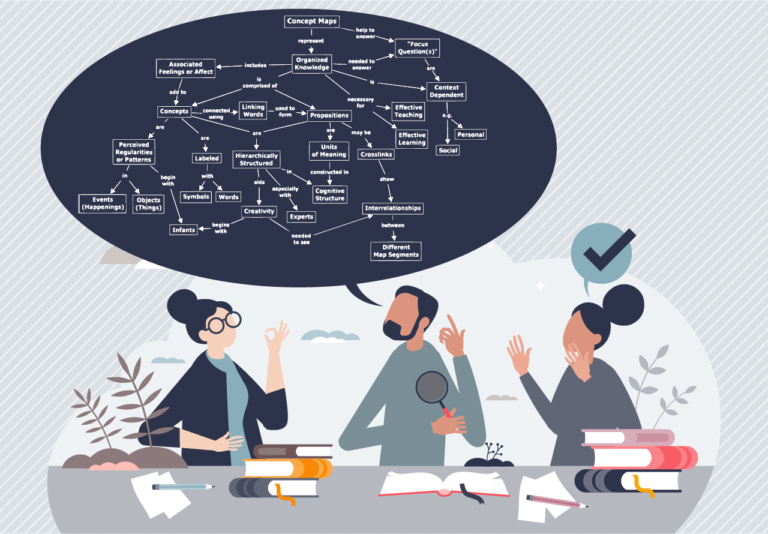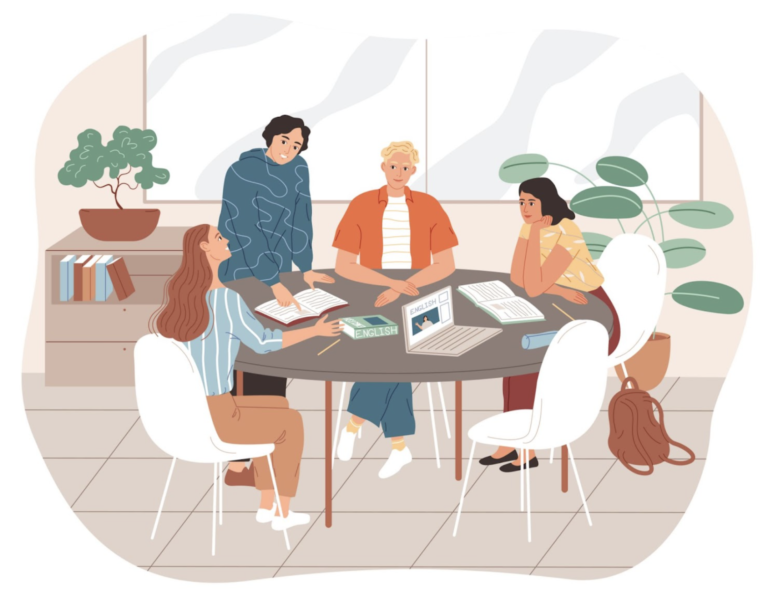Group work
Assessment, Organization, and Real Classroom Advice

If you mention group projects to students you will most likely receive negative feedback on the prospect of having to work with peers on a project that affects individual grades. Group work is beneficial because it mirrors the workplace and career environments. According to Dr. Chris Hartman, UAF Computer Science Department associate professor, they are especially important, “because they model real-world activity’. The majority of software companies look at teamwork and communication skills among job applicants. But as everyone knows, group work can have a bad reputation.
“One of the greatest fears of both instructors and motivated students alike is the social loafer.’ (Gueldenzoph, May, &, 2002) The loafer weighs down group progress and, even if peer assessment is employed, some students may be reluctant to grade team members negatively for fear of quid pro quo. As Geuldenzoph and May write, the flip side is that some students may be intimidated by their high-achieving peers, and such an atmosphere leads to non-engagement and little learning. What’s to be done?
The key is guidance, modeling, and formative assessment by the instructor. At different points along the project timeline, you should interact with the students, examine their progress, and guide them toward professional practice. Let the students know along the way that these review points don’t affect their final grade. Use them as teaching moments, and where possible encourage peer assessment and communication. Collaborative Peer Evaluation, referenced below, has two helpful appendices that provide guides for peer assessment and a list of best practices for someone teaching a class with group projects.
Various software can provide an accurate revision history of projects. According to Hartman, this is a natural fit in many computer science classes, as these tools help him assess student involvement while teaching students the processes of working on code where some sort of team version control is a requirement. Anyone involved with the project can see changes and authorship over time, as well as comments and communications between peers. Expectations for this interaction can be provided to students ahead of time via a simple rubric.
What about other kinds of projects? Did you know that Google Docs has a built-in revision history tool? Rather than getting an email with a finished report, or even a physical piece of paper as the end product, have your students complete their work in Google Docs and share their work with you. You’ll be able to see a revision timeline, give comments, and see exactly what each student contributed as the project develops.
At some point, you must give consideration to the organization of your groups. What factors are important for your learning objectives? For Chris Hartman, “sometimes, it’s about the process, not how far students get.” In his classes, he makes attempts at pairing peers with different levels of mastery together. Students who have a grasp of the material will help their team members understand it. In turn, the students with mastery will gain even more experience by helping their peers.
The idea of a student being able to perform an activity or complete a task beyond what they would normally be able to do by themselves is called the Zone of Proximal Development, conceptualized by psychologist Lev Vygotsky. Such an environment occurs when a student is in a group of supportive peers.
The most beneficial aspect of group projects is that it takes students way beyond the point of merely being able to recite or recall information. The application of knowledge and skills used to create a final project, and give criticism to peers is an example of hierarchical knowledge mastery in practice. (Benjamin Bloom would be proud).
Reference
Gueldenzoph, L. E., May, G. L. (2002). Collaborative peer evaluation: Best practices for group member assessments. Business Communication Quarterly, 65(1), 9-20.

UAF Instructional Designers
This page has been authored collectively by the experts on the
UAF Instructional Design Team.
Let us know if you have suggestions or corrections!



